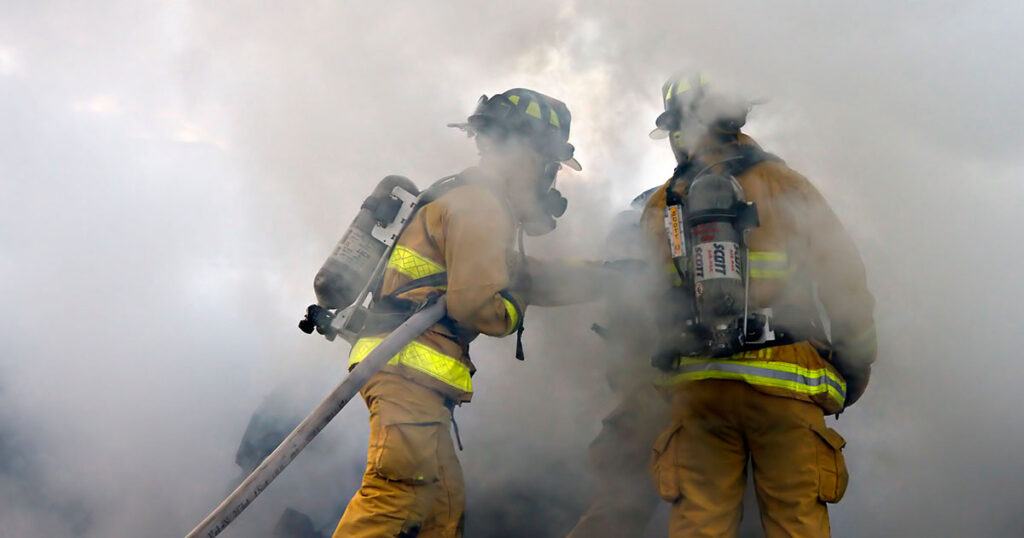Sweating the Small Stuff
Designing more effective protection for firefighters and healthcare workers

Sometime this past spring, Guowen Song had expected to be conferring with officials from a company making the 3-D body-scanning machine he purchased for his Iowa State University lab. The device is one of several he’s using to simulate conditions necessary to create better gloves for firefighters and first responders, providing them dexterity as well as protection. He wants to know the specific textile material, design, and engineering for the best glove performance.
But the novel coronavirus intervened. With social distancing regulations in effect at Iowa State, Song—who holds a chaired professorship in textiles and clothing—expects that his visitors won’t arrive until the fall at the earliest. Regular research activities have ended, but computer modeling continues, he says.
Funded by a $1.5 million grant from the Department of Homeland Security and the Federal Emergency Management Agency, Song’s lab has been using “a hand–specific thermal regulation model and a sweating hand simulation device” that demonstrate how much sweat is generated by each finger, the thumb, and the palm. Why sweat? When firefighters remove their gloves while working, they have a difficult time putting the sweaty gloves back on. The researchers also subject the glove material to a wind tunnel, wet conditions, and a flame-testing chamber, and, when restrictions relax, they will figure out thermal and evaporation rates for each part of the hand.
In addition to the firefighters’ glove, Song also designs personal protection equipment for healthcare workers. He wants to develop a biocidal fiber that can be used in PPE to reduce infection and has asked the CDC for funding. He wants to create a multi-layer garment, with a thin, outside layer of polymer treated with biocidal fibers, and an inside layer of cotton that will make the gown comfortable. For face masks, Song envisions a water-resistant outer layer, a middle layer of polypropylene to filter and trap the virus molecules, and an inner layer of soft, hydrophobic cotton.

